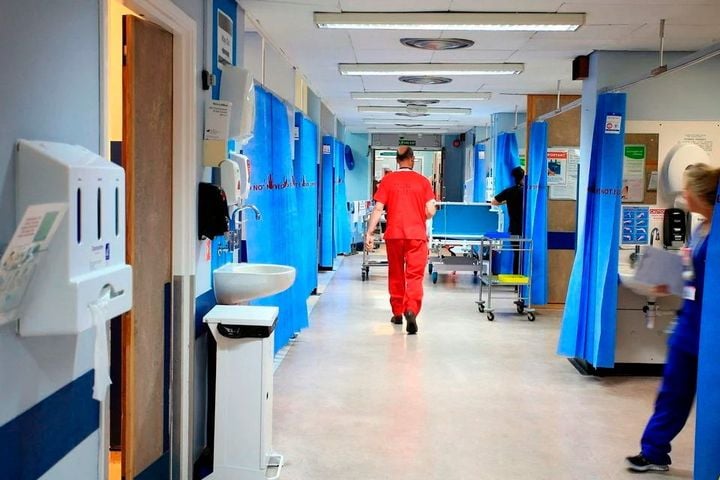URGENT UPDATE: Patients recovering from tibial intramedullary nailing surgery must remain vigilant for potential complications that could arise post-operation. While the surgical procedure is highly effective, the healing journey is not without risks, and early detection is critical for a successful recovery.
Infection is the most concerning complication. Although rare, it poses serious health risks. Patients should closely monitor their incision site for increasing redness, swelling, or heat, and any unusual drainage or pus. A fever and chills are major red flags. If these symptoms arise, immediate consultation with a healthcare provider is essential, as prompt treatment may involve aggressive antibiotics or even another surgical procedure to address the infection.
Another common issue is anterior knee pain, often experienced at the incision site. This nagging discomfort results from irritation or scarring of the patellar tendon during surgery. Physical therapy focusing on targeted stretching and strengthening exercises is essential for alleviating this pain. Patients are urged to communicate openly with their therapists about any discomfort.
Serious complications such as nonunion—when the bone fails to heal properly—can occur if there is inadequate blood supply, excessive movement between bone fragments, or underlying infections. Smoking and poor nutrition significantly hinder healing. Management may require a bone stimulator or another surgery, possibly involving a bone graft to facilitate healing. Therefore, maintaining a healthy lifestyle and avoiding smoking is crucial.
Additionally, patients may face malunion, where the bone heals incorrectly, leading to potential deformities. Signs include visible crookedness or a generalized limp. Minor alignment issues may not require intervention, but significant deformities typically necessitate corrective surgery to realign the bone.
Understanding these potential complications is not intended to instill fear but rather to empower patients. Staying proactive, adhering to post-op instructions, and engaging in physical therapy are vital. Remember, if something feels off, don’t hesitate to reach out to your healthcare provider. A proactive patient is the best ally in the recovery process.
As recovery progresses, keeping informed about these issues can enhance your journey to health. Follow these guidelines, and share this information with others to promote awareness and support among peers.







